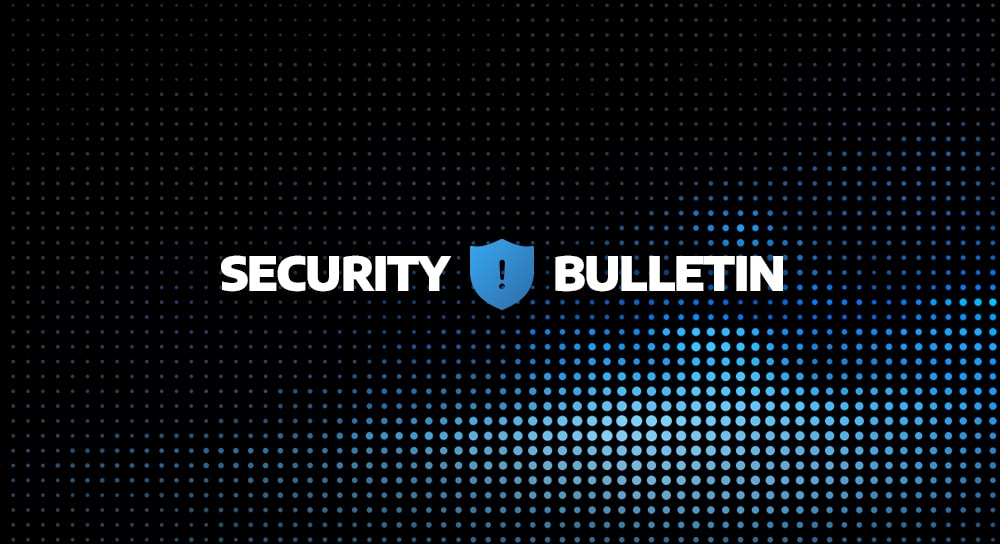School districts nationwide have been targeted by cybercriminals with increasing frequency for a few years now, with 2020 experiencing the most attacks yet.
For bad actors, schools possess a treasure trove of personally identifiable information on students, teachers, and employees, and—what’s more—they know schools typically lack the budget resources necessary to protect this data.
With ransomware attacks, in particular, plaguing school districts during 2019, Texas decided to do something about it. The state established Senate Bill (SB) 820 to help ensure every district develops a sound cybersecurity policy, performs risk assessments, and strategizes plans to mitigate risk.
While they are best practices in the corporate world, the adoption of these initiatives—as mentioned above—presents challenges to organizations like school districts that lack the funding for the technology, staffing, and other resources they require. In many cases, if not most, school districts may turn to third-party providers for the support they need to achieve compliance with the bill.
How Texas Schools Can Meet Compliance Standards
Senate Bill 820 from the 86th Texas Legislature specifically requires districts to implement the following security measures.
- Designate a security coordinator as a liaison between the district and the state
- Adopt a cybersecurity policy for developing effective cyber-infrastructure
- Report any breach of student personally identifiable data to the Texas Education Agency (TEA)
According to the TEA, its guidance in the form of the Texas Cybersecurity Framework follows that of the National Institute of Standards and Technology (NIST) framework, which includes five concurrent and continuous functional categories: Identify, Protect, Detect, Respond, and Recover. This means that school districts need to understand these categories, as well as the objectives with each to help their district meet the bill’s cybersecurity regulations.

Arctic Wolf addresses the requirements set forth by this framework and works directly with organizations that need to follow them, including school districts. The Arctic Wolf® Managed Detection and Response (MDR) and Managed Risk solutions help reduce both the likelihood and the impact of a cyberattack through a combination of 24×7 monitoring, vulnerability management, threat detection, and incident response capabilities.
Managed Risk covers the first two categories of the framework, as it helps you first discover and then catalog and inventory your assets so you know what is currently running on your system—if you don’t know it’s there you can’t protect it, right? And managed risk provides continuous vulnerability scanning, so if your software needs patching, your systems are misconfigured, or company credentials have been compromised, you can address the issue and ensure your school district is protected.
MDR covers the remaining categories of the framework. With complete visibility across a customer’s entire environment, Arctic Wolf’s Concierge Security® Team (CST) of cybersecurity experts monitors around the clock, and leverages data analytics from the cloud-based Arctic Wolf® Platform, which uses the latest threat intelligence from multiple sources to detect threats. Along with the Triage Team, the CST conducts investigations to help organizations both respond to attacks and recover when necessary to mitigate any potential damage.
Additional Resources
- Join the conversation with Arctic Wolf on Facebook, Twitter, LinkedIn, and YouTube
- Visit arcticwolf.com to learn more about our security operations solutions
- If you’re ready to get started, request a demo or get a quote today





